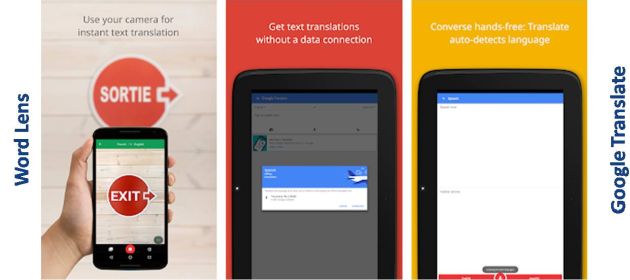Right sizing of the trial version is key to the success of a SAAS product.
- If the trial version is as heavy as the full version of the software, customers may get confused, and bounce out.
- If the trial version is too light, customers may dismiss the software as a “feature not app”, and bounce out.
I read this somewhere
Freemium is a dream, but not always a scheme.
Sometimes it’s too lean, sometimes it’s too mean.
You need to find the right scene, where value and money are in between.
If you can’t, then change your theme, or else you’ll lose your esteem.
— ashu raj (@AshuWorkk) July 29, 2023
In this post, we’ll guide SAAS vendors on how to spec their trial version so that they can increase the conversion to their paid version.
(This post is applicable to SAAS software with over 5–20 features across its entry-level through to highest plan and whose trial version will be experienced by the prospect in self-service mode. Vendors whose software is smaller than this and / or whose presales teams will be involved in the trial can ignore this post and safely use their full version as the trial version.)
When 100 people visit their website and only one visitor signs up for their trial version, SAAS vendors tend to assume that this one guy is extremely interested in their product and will be deeply committed to trying it. Unfortunately, one or both assumptions are often divorced from reality.
The average SAAS trial version user is trying out a number of other softwares across the same / different product categories concurrently. In all likelihood, a majority of trial version users don’t even remember the name of the software they tried out the previous month.
We speculate two reasons for this state of affairs:
- Too many products. Cloud infrastructure has drastically reduced the cost of launching a SAAS, which has led to an explosion of SAAS products in the market
- Easy come, easy go. Customers can ditch a SAAS product by canceling its subscription anytime (unlike COTS / onprem software where they have paid the full license fee upfront).
As a result, even paid users don’t exhibit too much interest and commitment, as we saw in Minimize Churn In SAAS With Lean Onboarding Wizard. So SAAS vendors shouldn’t overestimate the level of involvement of their free users.
Harsh as the anecdata and speculative as our reasoning for it might sound, this is the reality in today’s crowded SAAS market.
SAAS vendors must bear this mind while scoping their trial version. Especially if the vendor expects its prospects to try out its trial version on their own i.e. without moderation from its sales. Since a prospect’s experience with the trial version has a huge bearing on whether they upgrade to the paid version of the software or bail out of it, spec’cing the feature set and UX of the trial version is almost as important as spec’cing those elements of the actual software.
The objective of the trial version of a SAAS is to give a glimpse of the full software to the prospect without burdening them with its complexity. It’s useful to think of a trial version as some kind of a movie trailer.
In our experience, “AHA” moments work well in trial versions. See the following exhibit for an example of such a feature that can be used to outflank incumbent leaders.
In line with the above thesis, here are five ProTips for sizing the trial version of a SAAS software:
- SAAS vendors often don’t expose their full software even to companies that have already purchased their SAAS. To reduce churn, they increasingly use techniques like Lean Onboarding Wizards to gradually expose their software’s functionality. If that’s the case for companies that have shown commitment to the paid version, it goes without saying that trial versions for prospects who are not so invested in the product should be pared down from the full version.
- That said, no prospect likes to see a “crippled version” of a software. So, a trial version can’t be too light, either. This maybe the right time for me to reiterate my enduring skepticism of MVP in the context of B2B SAAS. Unless a software leverages disruptive technology or creates an altogether new functional category, no risk-averse company will be interested in a n00b vendor’s watered-down version when they can take the safe way out by buying the fully fledged version from one of the established incumbents.
- Regardless of the size of the trial version, the software’s output must be relevant and manageable. Continuously throwing out record not found messages because there isn’t adequate data in the trial version database is a strict NO-NO.
- Likewise, throwing off too much irrelevant information is equally avoidable, as I’d warned in my blog post entitled Why Indian Customers Will Flee Abroad Before Indian Startups!
- Trials happen at the bottom of the funnel. By that stage (“BOFU”), the prospect is fairly convinced about the pain solved by the software. Therefore trial versions should avoid belaboring business value. See this case study of a SAAS vendor who lost customers for its paid version by gating its trial version with too many discovery questions.
While the details may vary from product to product and, maybe even one market to another, SAAS vendors can use the above tips as a starting point to right size their trial versions.
